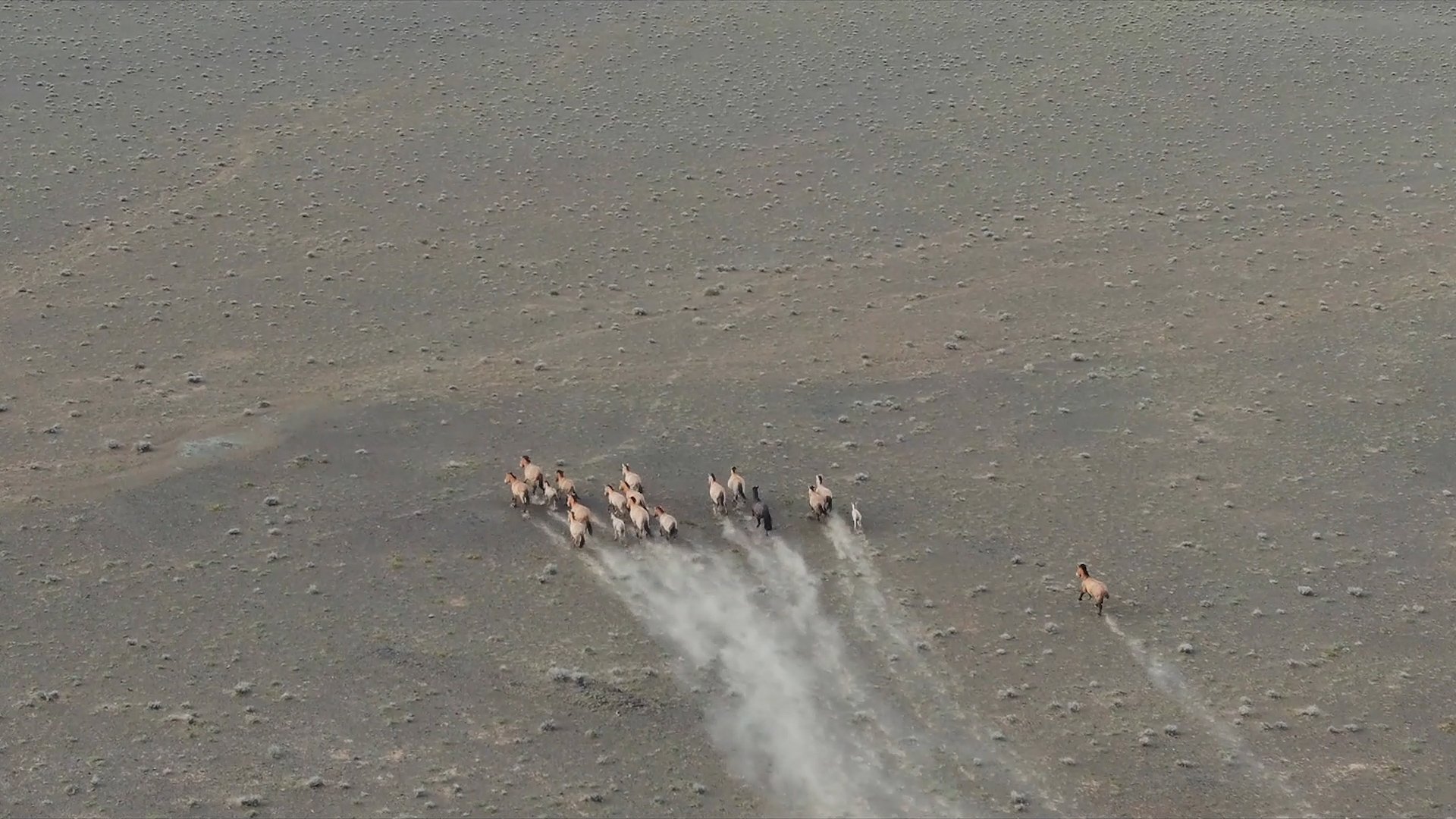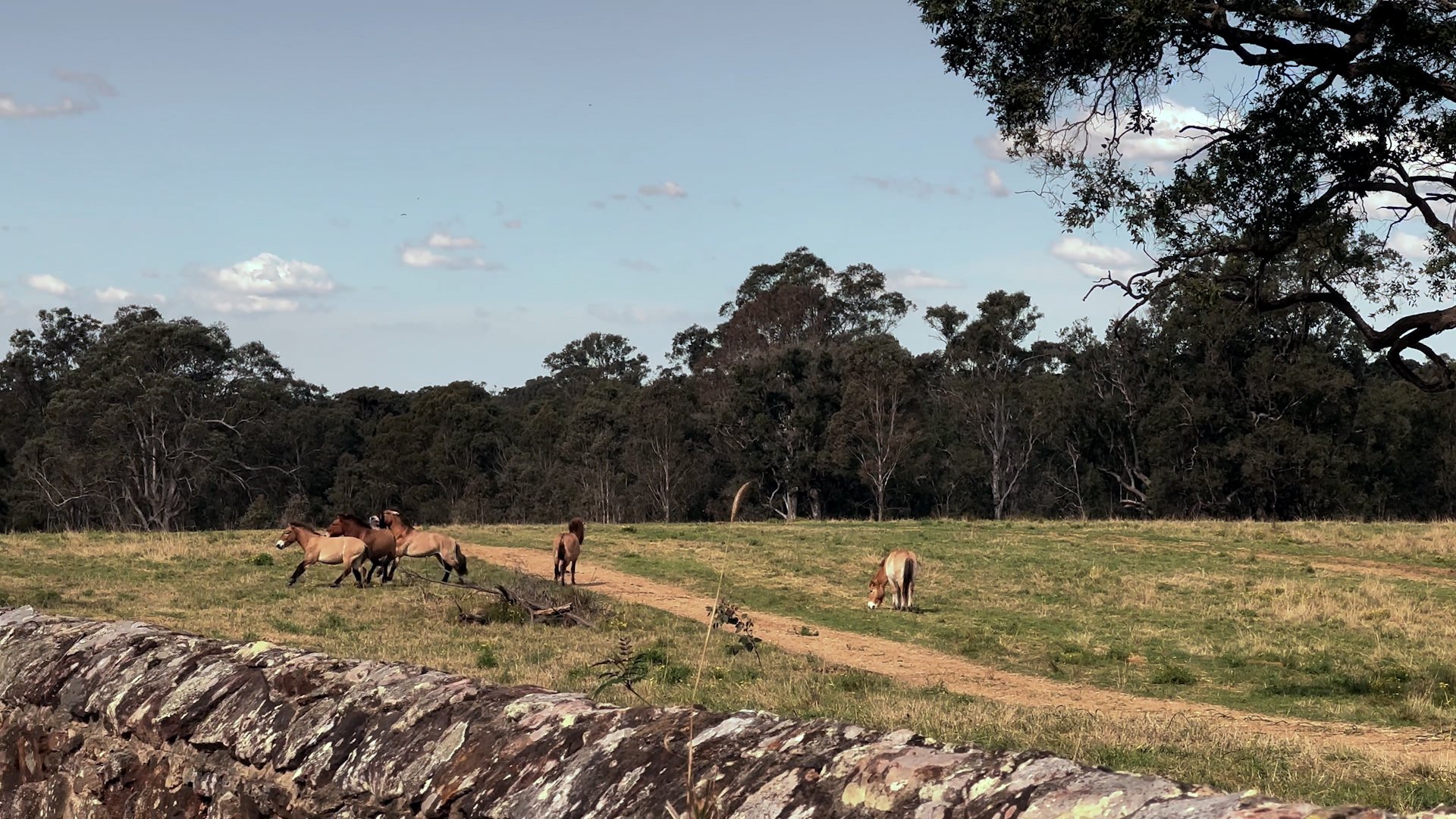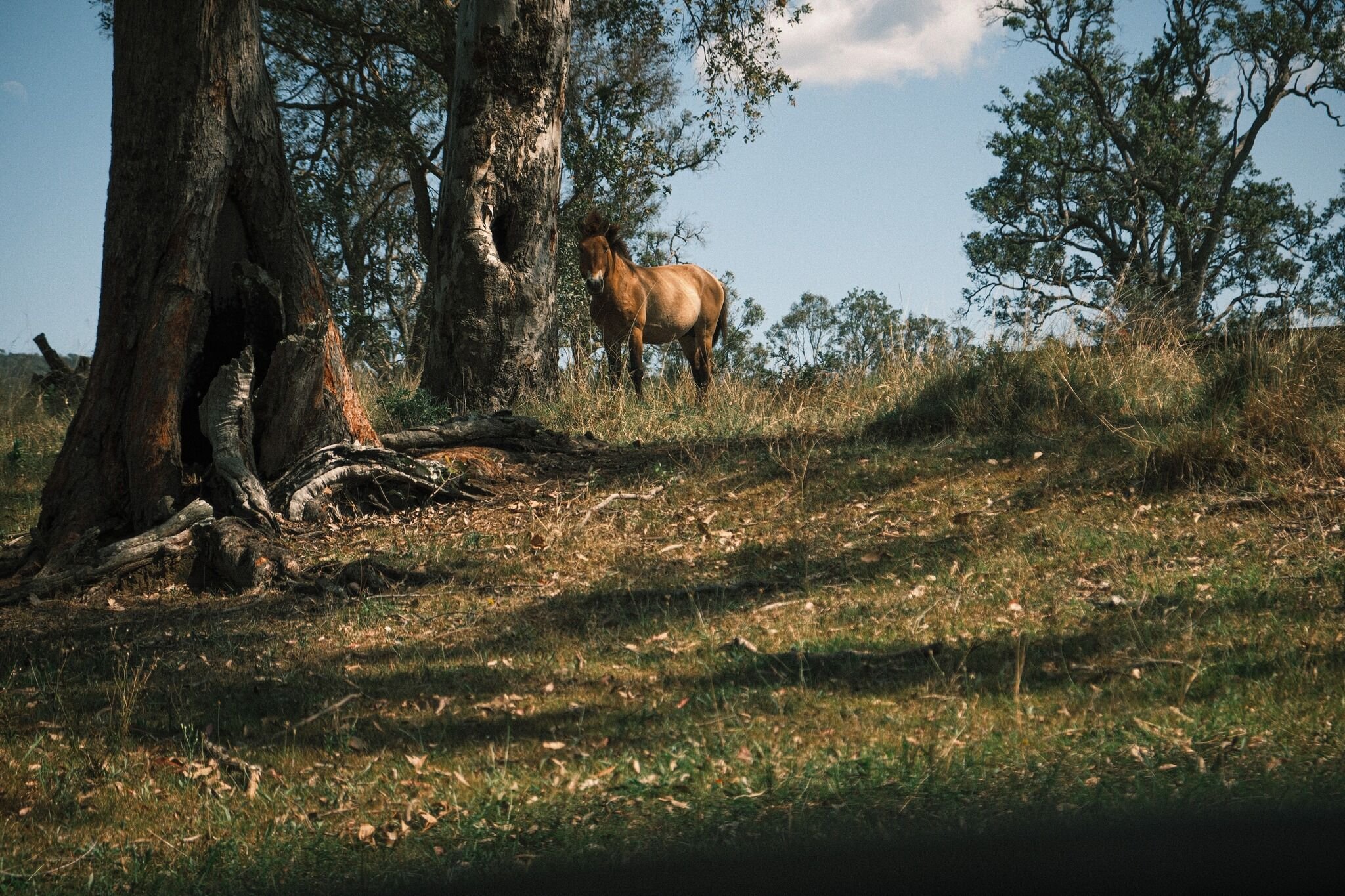
Guardians of the Wild Horse
SUPPORT THIS PROJECT
*
SUPPORT THIS PROJECT *
Support the Journey of the Przewalski’s Horses: From Fernhill Estate to Zambi Wildlife Retreat
At ZAMBI, we’re thrilled to embark on an inspiring project to share the remarkable story of the Przewalski’s Horses and their extraordinary journey from Fernhill Estate to their new home at ZAMBI Wildlife Retreat. These incredible animals, a symbol of resilience and conservation, deserve to have their story told—and we need your help to bring it to life.
We are producing a documentary that will celebrate this journey, raise awareness about the plight of these endangered horses, and highlight the dedication of those working tirelessly to protect them. However, we can’t do it alone. This is where you come in!
How You Can Support This Project:
Sponsor or Donate: Help us finance the production of this documentary. Every contribution, big or small, brings us closer to sharing this vital story with the world.
Ongoing Horse Sponsorship: Once the horses arrive at ZAMBI Wildlife Retreat, you can continue to support them by becoming a sponsor. Your sponsorship will go directly toward their care and well-being.
Spread the Word: Share our project and encourage others to support this important cause.
By joining forces, we can create something truly special and contribute to a brighter future for Przewalski’s Horses.
Przewalski’s horses, also known as takhi, are the last truly wild horses and are native to the steppes of Central Asia, particularly Mongolia.
Named after the Russian explorer Nikolai Przewalski, who first described them in the late 19th century, these horses have a rich history intertwined with Mongolia's cultural heritage. They are thought to be descendants of the horses ridden by Genghis Khan.
Przewalski’s horses are stocky, with a dun coat, erect mane, and no forelock, making them distinct from domestic horses.
Once extinct in the wild, Przewalski’s horses have been reintroduced to their native habitat in Mongolia since the 1990s. Conservation efforts have focused on reintroducing them to protected areas such as Khustain Nuruu National Park, Takhin Tal Nature Reserve, and Khomiin Tal.
These efforts have been successful, and today, about 1,200 Przewalski’s horses live in zoos, private preserves, and protected areas in Mongolia.
Their survival is a testament to the dedication of conservationists and the resilience of these remarkable animals.
This special project celebrates the resilience of these wild horses and the dedication of ZAMBI to their conservation.
Przewalski’s horses are considered the last truly wild horses, unlike feral horses like the Australian brumby. Their conservation is crucial for maintaining the genetic diversity of this wild equid species.

Witness the extraordinary journey of the abandoned wild horses, as they find a new sanctuary at ZAMBI Wildlife Retreat.

Preserving the Wild: The Journey of Przewalski’s Horses from Fernhill to ZAMBI
Arrival at Fernhill Estate
Once a grand residence with a storied equestrian legacy, Fernhill Estate became a place for exotic Asian and African animals under the ownership of property tycoon Warren Anderson. Among his collection were the endangered Przewalski’s Horses, which he imported into Australia from the Marwell Zoo (UK). Anderson owned Fernhill Estate for over three decades until being forced into receivership. Many of his animals went to zoos around the country but a herd of the endangered wild horses were left abandoned to freely roam the massive property.
Collaboration with Western Sydney Parklands and ZAMBI Wildlife Foundation
Western Sydney Parklands and ZAMBI Wildlife Retreat have joined forces to create a new sanctuary for the abandoned Przewalski’s horses on the Bullen's family property at Wallacia, which is home to Zambi Wildlife Retreat. This collaboration focuses on providing a safe, nurturing, and natural habitat for the wild horses, ensuring their well-being and conservation.
The joint efforts of the Western Sydney Parkland Trust, The Bullen family and ZAMBI Wildlife Foundation are making significant strides in ensuring the survival of this endangered species.



